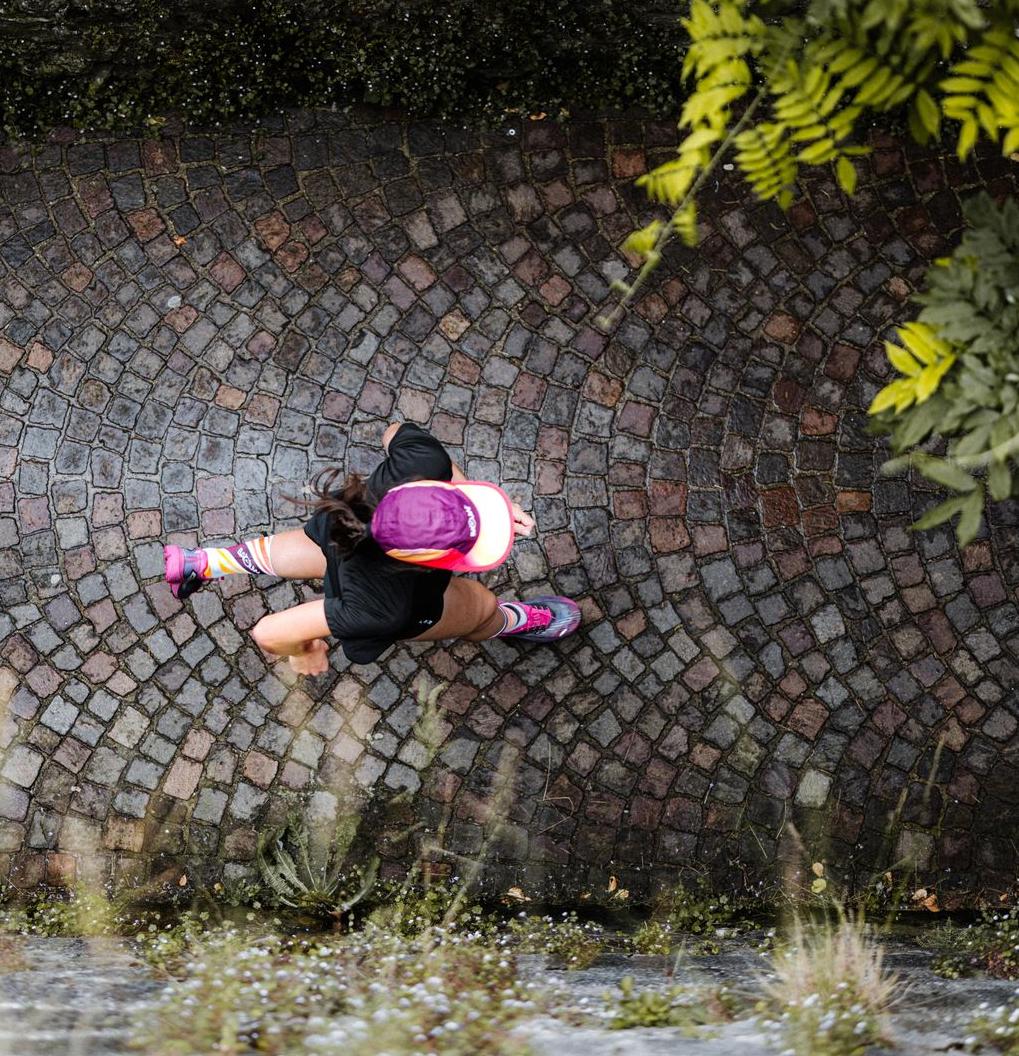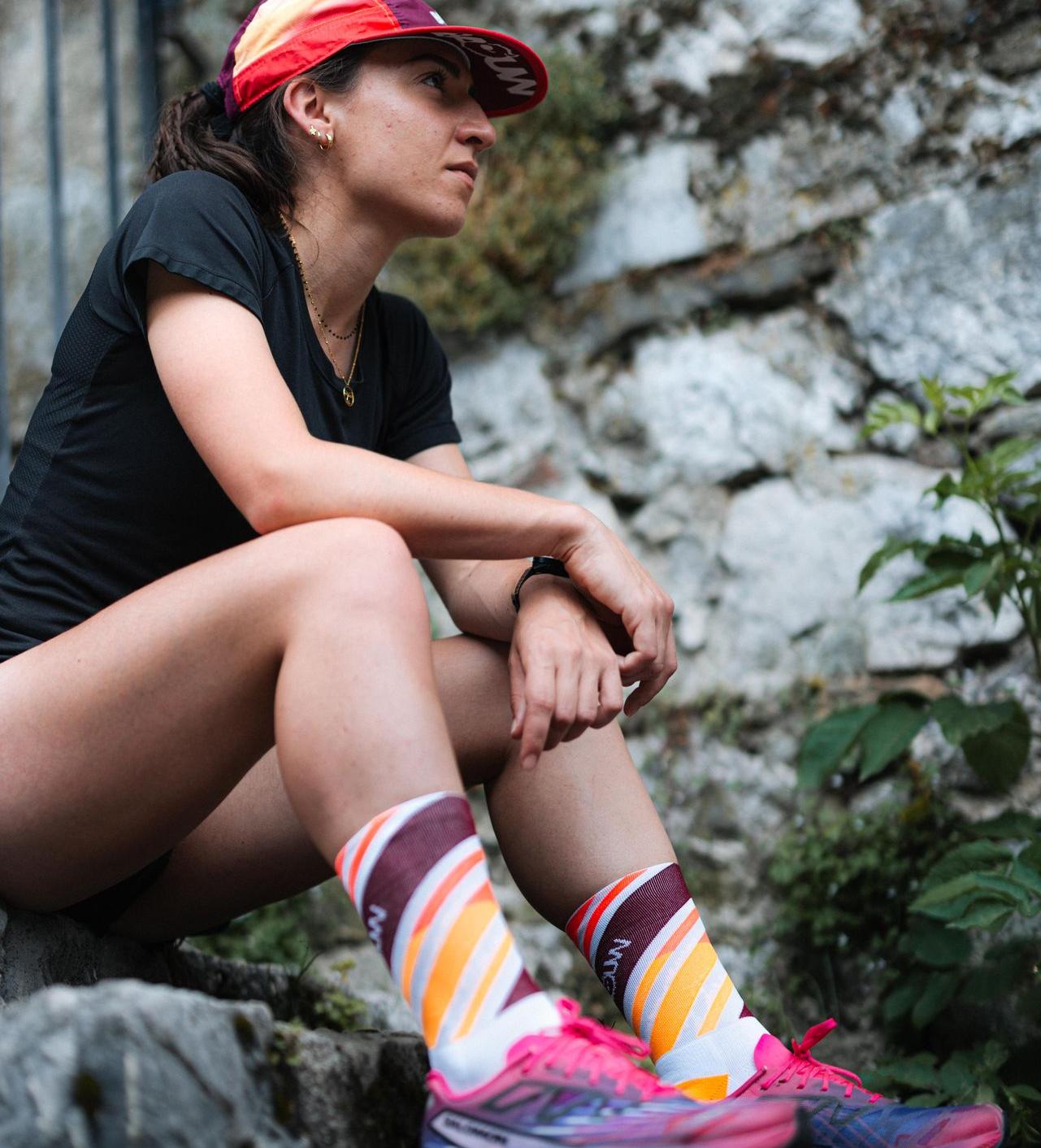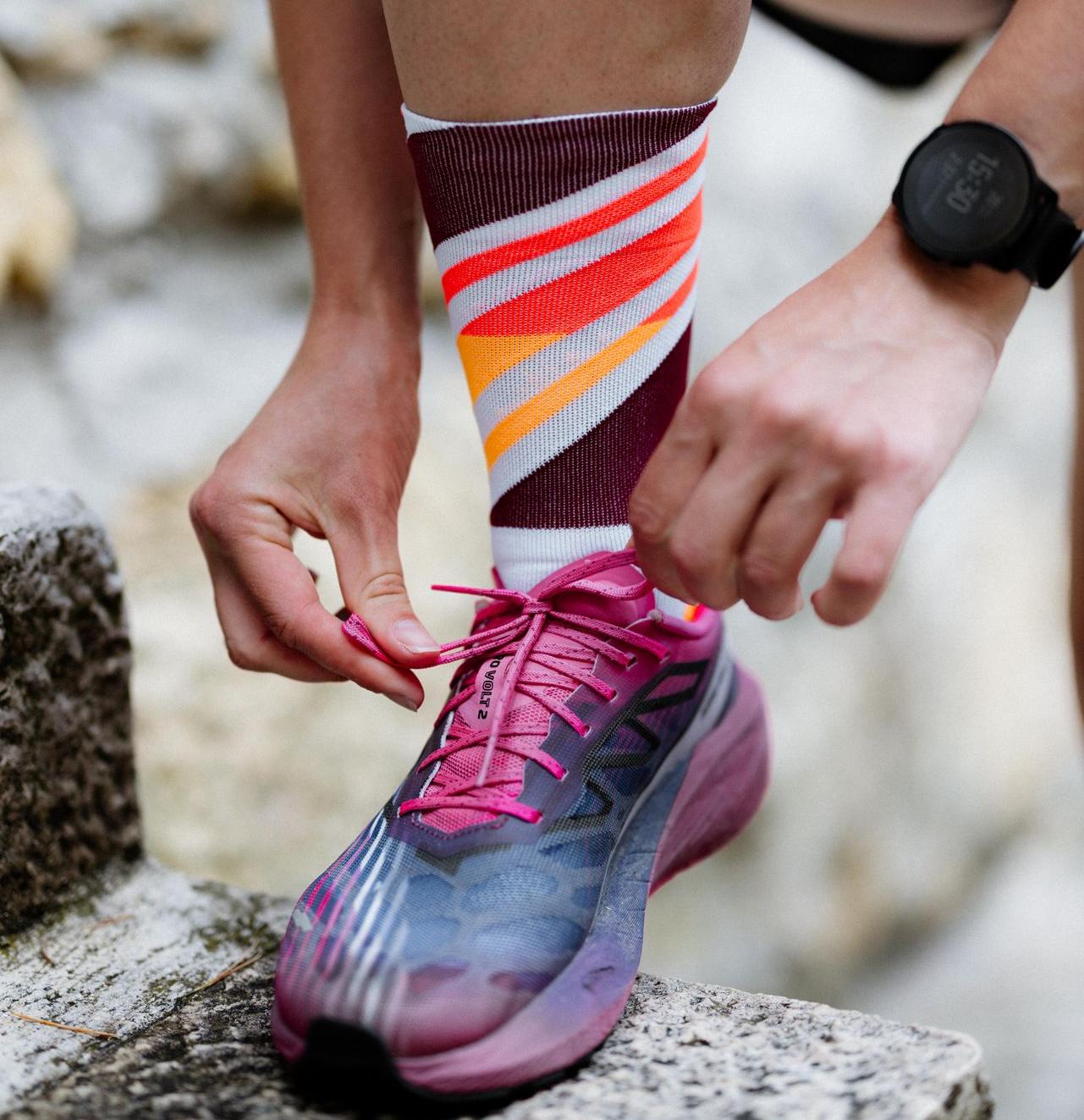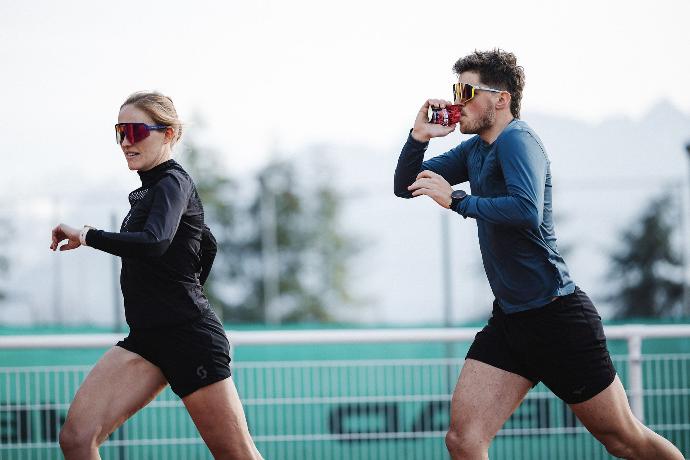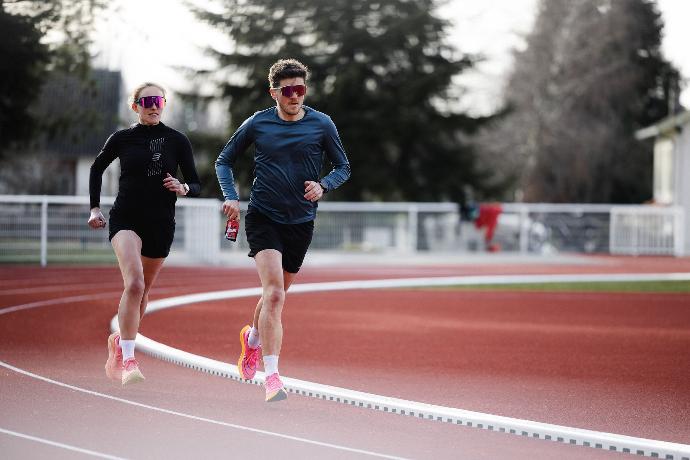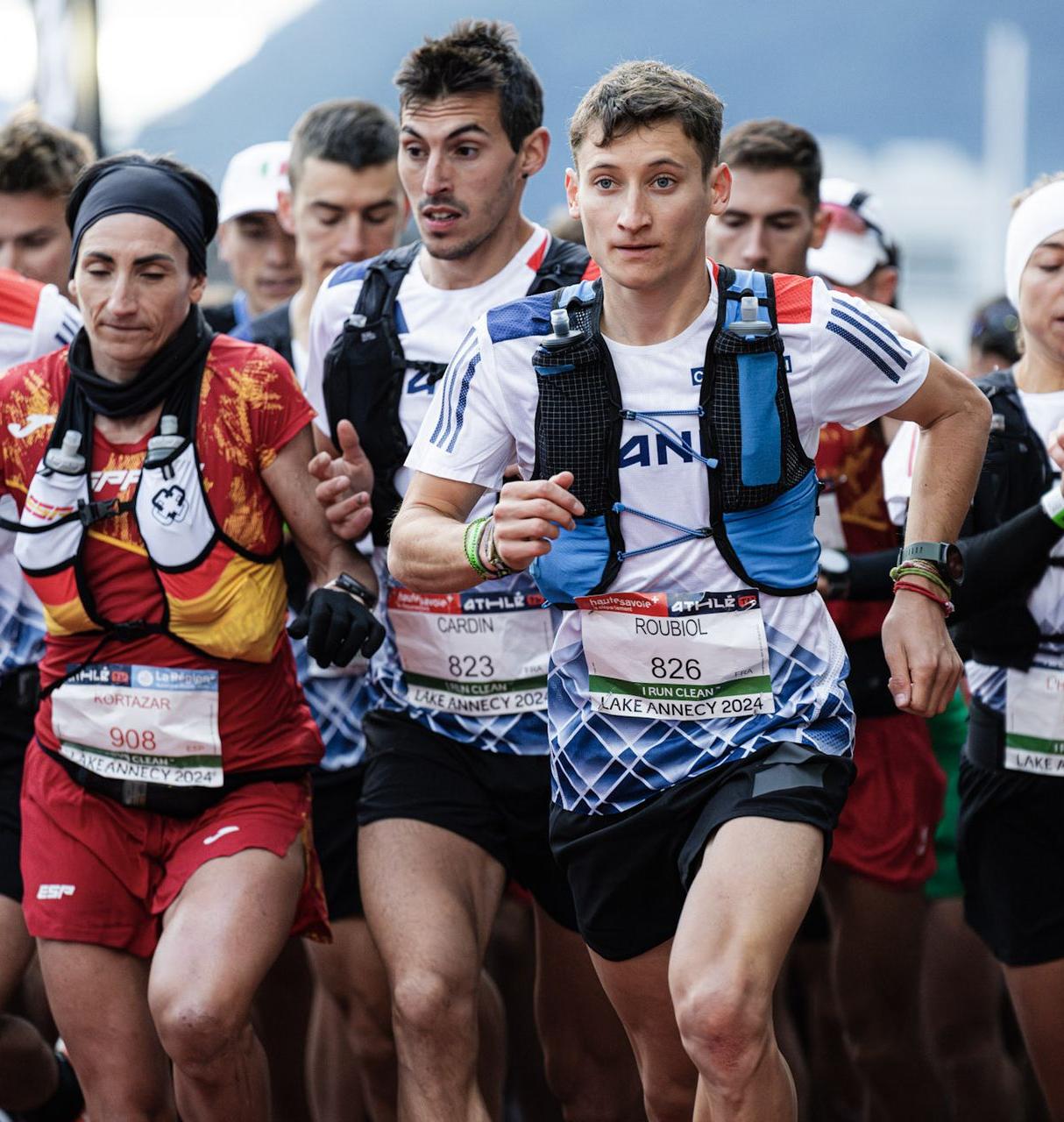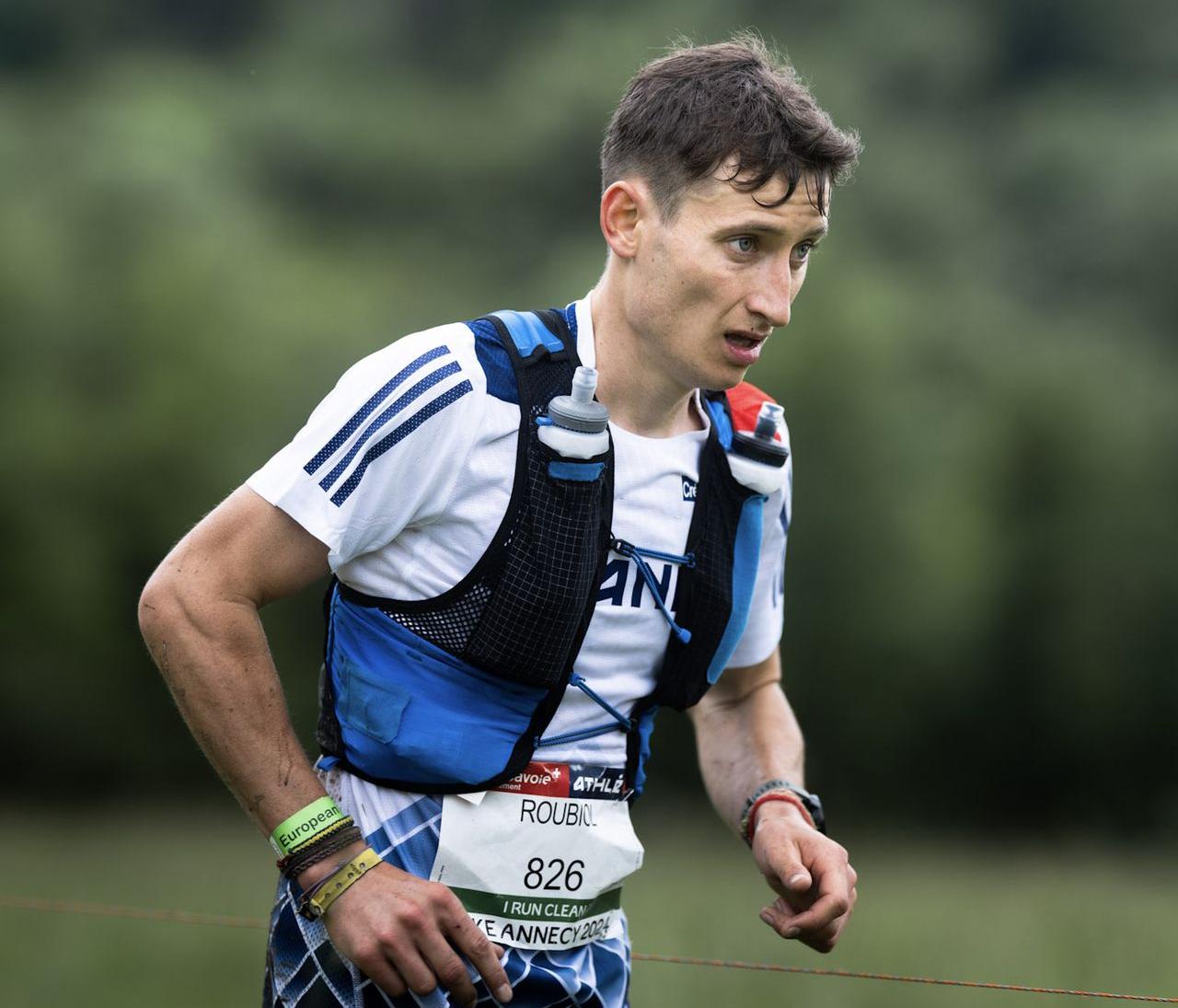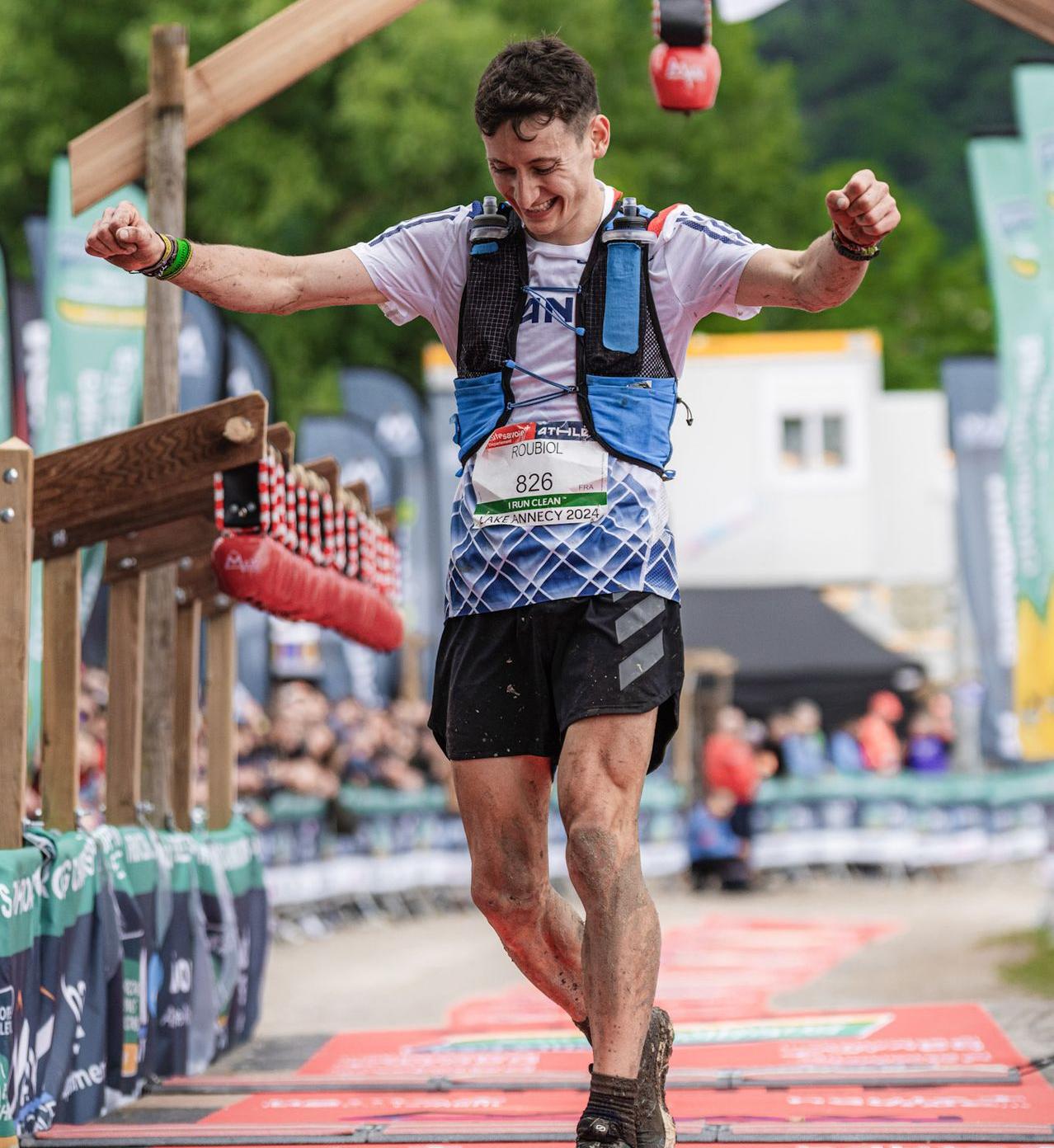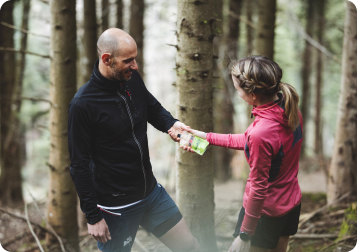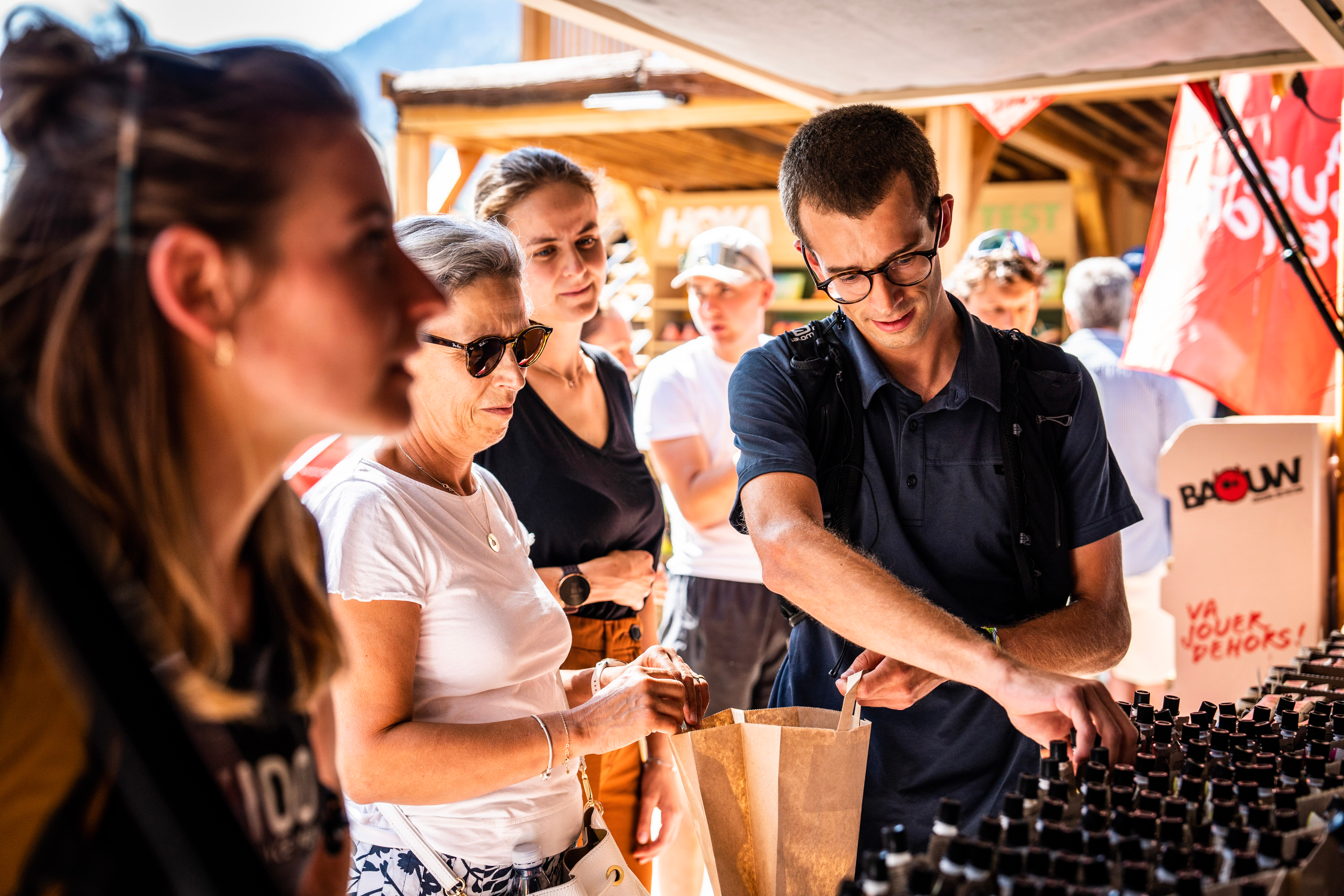You've let yourself get carried away and haven't had any real regular physical activity for years, but you're still motivated to get moving again? Have you switched to full teleworking and forgotten about your favourite outdoor playground, and decided to take up running again? There's no mystery about it, you need to take it easy for a number of reasons, not least to protect your body and avoid injuring yourself during your first training sessions, to maximise the benefits of getting back into sport, and to make sure you stick to your good resolutions. Translated with DeepL.com (free version).
Resuming running after a long break requires a strategic approach. If you're in good health (but just a little rusty!) and have no medical contraindications, split training is a particularly effective and suitable method, thanks to its balance between gentleness and effectiveness. This technique allows you to work your cardio gradually and get your body used to exercise again without rushing it. Find out all about how to get back into running intelligently from the experts at Baouw below! Translated with DeepL.com (free version)
Fractional training, particularly suitable for a gentle return to running
In practical terms, the split consists of alternating periods of fast running with periods of active recovery, whether walking or slow running. This method has a number of advantages, including
- an improvement in VO2 max, as this type of running increases the maximum oxygen capacity, a necessary condition for running longer and faster.
- gradual adaptation, because by alternating intensity and recovery, the body gradually adapts to the effort, which reduces the risk of injury. But you'll see, it's still devilishly effective!!
- Metabolic stimulation, which is more effective than running at a constant pace. The result is a marked improvement in your physical condition.
However, we'd like to draw your attention to the fact that there are different ways of doing split training, particularly when it comes to intensity. When you start running again, the best thing is to alternate between running at a medium pace and phases of active walking, rather than varying between fast running and running at a moderate pace. The idea is to get your body used to effort again, so we're not talking about a sprint, but a marathon, basically!
What happens physiologically when you start running again?
When you resume running gently using this method, a number of biological mechanisms come into play:
- cardiovascular adaptation: your cardiac function becomes ‘more efficient’, i.e. your heart is able to pump more blood with each beat. And more blood means better oxygenation! The result? A clear improvement in your endurance and performance.
- an increase in mitochondrial density: muscle cells increase their number of mitochondria, which are the cell's energy centres, improving energy production.
- improved lactic acid tolerance: by learning to better manage and eliminate the lactic acid produced during intense effort, your body delays the onset of muscular fatigue.
Back to running, but well equipped
If there's one investment you need to make, it's in shoes! Shoes that aren't suited to your needs will quickly get the better of your motivation and the way you feel. So to avoid tendonitis from the very first sessions, don't hesitate to opt for a pair with good cushioning and adequate support to reduce the risk of injury. Ideally, equip yourself with technical clothing to help you manage perspiration and maintain optimum body temperature. It's back to running, so you need to be comfortable so you can concentrate on your performance and managing your breath.
A programme for getting back into running... and sticking to it!
When returning to running, set yourself achievable goals. To do this, you need to have patience on your side, as the ideal length of gentle recovery training is at least eight weeks. Inspired by split training, our guide below is particularly suitable if you're starting from scratch. .
Week 1-2:
Brisk walking lasting between 20 and 30 minutes.
Add 30-second running sequences for every 5 minutes of walking.
Frequency: 2 to 3 times a week.
Week 3-4:
Increase the running sequences to 1 minute for every 4 minutes of walking.
Total duration: 30 minutes per session.
Frequency: 3 times a week.
Week 5-6:
Sequences of 2-minute runs, followed by 3 minutes' walking.
Total duration: 35 to 40 minutes per session.
Frequency: 3 times a week.
Week 7-8:
Switch to intervals of 3 minutes running and 2 minutes walking.
Aim for 40 minutes of training per recovery session.
And if you're feeling at your best, add a 15-minute session of continuous running, but at a low intensity.
The importance of warm-up and cool-down
The point of warming up is quite simply to prepare your muscles and heart for the effort involved. So spend 5-10 minutes doing dynamic warm-up exercises such as knee raises, heel-and-butt raises and arm rotations. After each session, take the time to stretch properly, this time to promote muscle recovery and prevent muscle soreness.
A good return to running starts with listening to your body
During training, you need to listen to your body and respect its signals, however high your motivation and desire to hit the trails. If you feel persistent pain, excessive breathlessness or intense fatigue, this could be a sign that you're doing too much. Don't hesitate to adjust your programme or take an extra day's rest if necessary. Don't listen to yourself too much either, we trust you!
Back to running and strength training: the perfect combo
Strength training is essential to support your body as you get back into running. Exercises such as squats, lunges, sheathing and push-ups strengthen the muscles of the legs, trunk and arms, improving both stability and power. For something different, swimming is a perfect alternative to muscle-strengthening exercises. It's an ultra-complete discipline that also lets you enjoy all the benefits of water sports. Start with a sports session incorporating fast and gentle phases, remembering to vary the types of stroke. Don't forget to finish with ten minutes of swimming at a gentle pace to ensure you recover properly and relax as much as possible.
Back to running? Think about your diet too!
Resuming running is a great opportunity to get back into a balanced, healthy diet, if you've ever put that aspect to one side. Nutrition and hydration are essential during your training programme. Make sure you consume enough protein to encourage muscle repair, as well as carbohydrates to ensure you have enough energy during exercise thanks to glycogen, and fats to keep your cells working properly. You can also stock up on fruit and vegetables, which will provide you with the necessary vitamins and minerals, while adequate hydration before, during and after exercise will keep your bodily functions at their peak.
And what about my Baouw?
Our s, bars and gels are specially formulated to meet the needs of trail runners and endurance athletes, so imagine all the good they can do you as you get back into running! Rich in easily-assimilable carbohydrates, with a little taste that's good for your mood, these products provide a quick source of energy to sustain physical efforts of all kinds, while being good for your body thanks to their natural ingredients. They also provide essential vitamins, minerals and antioxidants essential for muscle recovery and protection against exercise-induced oxidative stress. Do you prefer something more solid? A cereal bar (without cereals!) or a handful of dried fruit will be your allies as you resume your running programme.
When is the best time to eat your snack?
To maximise its benefits, eat a fruit puree around 30 minutes before your running session to ensure you get the optimum energy intake from the start of your effort. Don't worry about your digestion, our energy compotes are designed to make you feel good, and nothing else. During your training session, especially if it lasts longer than 45 minutes, you can take an halfway through to maintain your energy levels and avoid fatigue.
Before your session, it's also a good idea to eat a small snack rich in complex carbohydrates and low in fat, such as a banana or a slice of wholemeal bread with honey, around 1 to 2 hours before running. After your session, promote muscle recovery by eating a source of protein (such as a Greek yoghurt or a handful of nuts) and a portion of carbohydrates to replenish glycogen reserves (for example, a fruit purée or a recovery drink). This combination will help you get the most out of your training and prepare your body for the next sessions.
Not only are these products practical and easy to carry, they also offer a balanced nutritional solution to support your return to running in a way that's as enjoyable as it is effective.
Extra advice for a successful return to running
There's no denying it, getting back into sport, especially endurance sports, requires a great deal of motivation. Obstacles such as lack of time, unfavourable weather conditions or a drop in motivation can occur. To keep these risks as far away as possible, don't hesitate to plan your sessions for times when you're least likely to be interrupted. On bad weather days, remember that a waterproof jacket will protect you from the rain, and that you'll enjoy this little victory even more once the running session is over!
If you're planning to take part in a long-term race or event, adapt your programme accordingly. Following a plan specific to the distance of the race and taking part in shorter races beforehand can help you prepare mentally and physically. Bear in mind that if you haven't run for ages, you'll need to train accordingly and start slowly. It's only once you've readapted properly that you'll be able to start calculating your VMA and finding out about the right diet for triathlons!
Finally, remember that getting to grips with running takes time and patience. Don't be discouraged if your progress seems slow: each session brings you closer to your goals. Remember why you decided to start running again. Listen to your body, stay motivated and enjoy every step of your comeback. .
This article has been carefully written to give you practical advice on getting back into running. If you have any specific questions or concerns, don't hesitate to consult a dietician or sports doctor, who will be able to give you personalised recommendations to help you along the way.



